Home>Construction & Tools>Building Materials>How To Insulate A Brick House
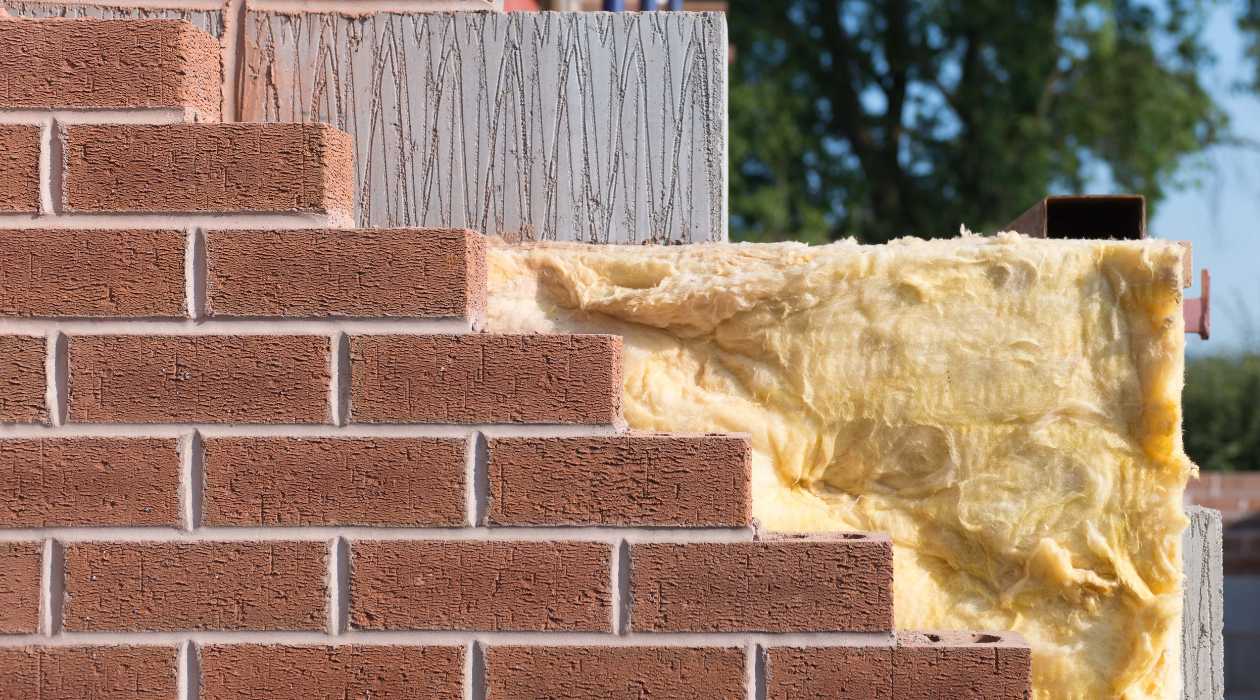

Building Materials
How To Insulate A Brick House
Modified: February 18, 2024
Learn how to insulate a brick house effectively with the right building materials. Our expert guide will help you achieve energy efficiency and comfort.
(Many of the links in this article redirect to a specific reviewed product. Your purchase of these products through affiliate links helps to generate commission for Storables.com, at no extra cost. Learn more)
Introduction
Welcome to the world of brick houses, where timeless elegance meets durability. If you're a proud owner of a brick house or considering purchasing one, it's essential to understand the significance of insulation. Insulating a brick house not only enhances energy efficiency but also contributes to maintaining a comfortable indoor environment throughout the year. In this comprehensive guide, we'll delve into the intricacies of insulating a brick house, covering everything from understanding the insulation needs to choosing the right materials and executing the installation process with finesse.
Brick houses exude a classic charm, but they also pose unique challenges when it comes to insulation. Unlike timber-framed houses, brick houses have solid walls that require specialized insulation techniques to ensure optimal thermal performance. By the end of this guide, you'll be well-equipped with the knowledge and insights needed to embark on the journey of insulating your brick house effectively.
So, whether you're aiming to reduce energy costs, minimize heat loss, or simply create a more comfortable living space, join us as we unravel the art and science of insulating a brick house. Let's dive into the world of brick, mortar, and insulation and discover how to transform your beloved brick abode into a snug, energy-efficient haven.
Key Takeaways:
- Embracing the timeless charm of brick houses while ensuring energy efficiency through insulation is a nuanced endeavor that demands tailored strategies and meticulous attention to detail.
- From understanding the unique insulation needs of brick houses to selecting the right materials and installation techniques, insulating a brick house requires a holistic approach that harmonizes tradition with innovation.
Read more: How To Insulate Brick
Understanding the Importance of Insulation
Insulation serves as the unsung hero of any home, and its significance is amplified when it comes to brick houses. The primary role of insulation is to regulate the indoor temperature by impeding the transfer of heat. In the case of brick houses, which are known for their thermal mass and ability to retain heat, effective insulation is crucial for maintaining a comfortable and energy-efficient living environment.
One of the key benefits of insulation is its ability to minimize heat transfer, which is particularly essential in regions characterized by fluctuating temperatures. During the scorching summer months, well-installed insulation helps keep the interior cool by preventing the intrusion of external heat. Conversely, in colder seasons, it acts as a barrier against heat loss, ensuring that the warmth generated indoors is retained, thereby reducing the strain on heating and cooling systems.
Furthermore, insulation plays a pivotal role in soundproofing a home, shielding it from external noise pollution. This is especially pertinent in urban areas or bustling neighborhoods where tranquility is a cherished commodity.
From a sustainability standpoint, proper insulation aligns with eco-conscious practices by curbing energy consumption. By reducing the reliance on heating and cooling systems, insulation contributes to lower energy bills and a decreased carbon footprint, making it a win-win investment for both homeowners and the environment.
For brick houses specifically, insulation helps mitigate the effects of thermal bridging, a phenomenon where heat bypasses the insulation due to the conductivity of the solid walls. This underscores the importance of selecting the right insulation materials and installation techniques tailored to the unique characteristics of brick construction.
As we delve deeper into the world of insulating brick houses, it becomes evident that insulation is not merely a matter of comfort and cost-efficiency; it is a cornerstone of sustainable and resilient living spaces.
Assessing the Insulation Needs of a Brick House
Before embarking on the insulation journey, it is crucial to conduct a thorough assessment of the insulation needs specific to your brick house. Unlike conventional timber-framed homes, the solid walls of brick houses necessitate a tailored approach to insulation. Here are key factors to consider when evaluating the insulation requirements:
- Wall Composition: Understanding the composition of the brick walls is paramount. Whether single-leaf or cavity walls, each type presents distinct insulation challenges. Single-leaf walls, common in older brick houses, require careful consideration due to their limited depth for insulation. Cavity walls, on the other hand, offer the potential for cavity wall insulation, a popular method that involves filling the gap between the inner and outer layers with insulating material.
- Moisture Management: Brick houses demand meticulous moisture management to prevent dampness and mold. Insulation materials with moisture-resistant properties are essential, and proper ventilation must be factored into the insulation strategy to safeguard against moisture buildup within the walls.
- Thermal Performance: Assessing the existing thermal performance of the house is imperative. Conducting a thermal survey can reveal areas of heat loss and help determine the most effective insulation solutions to bolster the overall thermal efficiency of the property.
- Building Regulations: Familiarizing yourself with local building regulations and standards pertaining to insulation is crucial. Compliance with these guidelines ensures that the insulation work meets safety and performance requirements, providing peace of mind and potentially impacting the property’s resale value.
Moreover, considering the climatic conditions and regional weather patterns is pivotal in determining the appropriate insulation R-values, which denote the material’s thermal resistance. This tailored approach to assessing insulation needs sets the stage for informed decision-making and sets the foundation for a successful insulation project tailored to the unique characteristics of your brick house.
By delving into the nuances of your brick house’s construction, thermal dynamics, and regulatory considerations, you pave the way for a customized insulation strategy that optimizes energy efficiency, comfort, and structural integrity.
Choosing the Right Insulation Materials
When it comes to insulating a brick house, selecting the appropriate insulation materials is a pivotal decision that significantly influences the overall effectiveness and longevity of the insulation. Considering the unique attributes of brick construction, the following insulation materials are well-suited for addressing the specific needs of brick houses:
- Spray Foam Insulation: This versatile insulation material offers exceptional thermal performance and can effectively fill cavities and gaps within brick walls. Its expansive nature allows it to conform to irregular surfaces, creating a seamless thermal barrier. Closed-cell spray foam, in particular, provides superior moisture resistance, making it an ideal choice for insulating brick houses.
- Mineral Wool Insulation: Mineral wool, available in batt or rigid board form, is renowned for its fire resistance and acoustic insulation properties. It is well-suited for insulating brick walls, offering excellent thermal performance while enhancing the overall safety and soundproofing of the home.
- Blown-In Cellulose Insulation: Composed of recycled paper fibers treated with flame-retardant chemicals, blown-in cellulose insulation is a sustainable and effective choice for insulating brick house walls. Its ability to conform to irregular wall cavities and its eco-friendly composition make it a compelling option for environmentally conscious homeowners.
- Rigid Foam Insulation: With high insulating power and moisture resistance, rigid foam boards are adept at mitigating the challenges posed by solid brick walls. They offer a durable and long-lasting solution for enhancing the thermal performance of brick houses, particularly when installed with precision to minimize thermal bridging.
It is essential to consider the R-value, vapor permeability, and fire resistance of the insulation materials in the context of brick house insulation. The R-value denotes the material’s thermal resistance, while vapor permeability influences moisture management within the walls. Additionally, prioritizing fire-resistant insulation contributes to the overall safety and resilience of the home.
Furthermore, consulting with insulation professionals or building material experts can provide valuable insights into the most suitable insulation materials for your specific brick house requirements. By carefully evaluating the thermal, moisture management, and safety aspects of insulation materials, you can make an informed decision that aligns with the unique characteristics and challenges of insulating a brick house.
As we navigate the realm of insulation materials, it becomes evident that the right selection is instrumental in fortifying the thermal efficiency, structural integrity, and livability of brick houses, ensuring enduring comfort and sustainability.
Consider using spray foam insulation to fill in any gaps or cracks in the brick walls. This will create a tight seal and provide excellent thermal insulation for your home.
Preparing the Brick House for Insulation Installation
Before commencing the insulation installation process, thorough preparation of the brick house is essential to ensure optimal results and long-term performance. The following steps lay the groundwork for a successful insulation endeavor tailored to the unique characteristics of brick construction:
- Assessing Structural Integrity: Conduct a comprehensive inspection of the brick walls to identify any structural issues, cracks, or areas requiring repair. Addressing these concerns prior to insulation installation is crucial for fortifying the integrity of the walls and preventing potential moisture infiltration.
- Moisture Management: Mitigating moisture infiltration is paramount in brick house insulation. Ensure that the exterior brickwork is in good condition, with effective drainage systems in place to divert water away from the walls. Additionally, inspect and repair any damaged mortar joints to prevent moisture penetration.
- Sealing Air Leaks: Identify and seal any air leaks or gaps in the brick walls to prevent thermal bridging and enhance the overall effectiveness of the insulation. This meticulous sealing process contributes to minimizing heat loss and optimizing the performance of the insulation materials.
- Clearing Obstructions: Prepare the interior and exterior areas of the brick house by removing any obstructions that may impede the insulation installation process. Clearing the spaces around electrical outlets, fixtures, and wall cavities facilitates smooth and precise installation of insulation materials.
- Professional Consultation: Engage with insulation specialists or building professionals to assess the specific preparation requirements for your brick house. Their expertise can provide invaluable guidance on addressing structural concerns, optimizing moisture management, and ensuring the readiness of the brick house for insulation installation.
By meticulously preparing the brick house for insulation installation, you lay the groundwork for a seamless and effective insulation process that maximizes the thermal performance and longevity of the insulation. This proactive approach not only enhances the comfort and energy efficiency of the home but also contributes to the preservation and resilience of the brick structure.
As we embark on the preparatory phase, it becomes evident that meticulous attention to structural integrity, moisture management, and air sealing sets the stage for a successful insulation installation that harmonizes with the enduring appeal and functionality of brick houses.
Installing Insulation in a Brick House
The installation of insulation in a brick house demands precision, expertise, and a tailored approach to address the unique challenges posed by solid brick walls. The following steps outline the meticulous process of installing insulation in a brick house, ensuring optimal thermal performance and long-term effectiveness:
- Cavity Wall Insulation: For homes with cavity walls, the installation process often involves injecting insulating materials, such as foam or mineral wool, into the cavity between the inner and outer layers of brick. This technique requires specialized equipment and skilled professionals to ensure uniform and thorough filling of the cavities, effectively bolstering the thermal efficiency of the walls.
- Solid Wall Insulation: In the case of solid brick walls, the installation of insulation materials involves affixing rigid foam boards or applying spray foam insulation directly onto the interior surface of the walls. This meticulous process demands attention to detail and expertise to minimize thermal bridging and ensure a seamless, airtight insulation barrier.
- Precision Installation: Ensuring precise installation of insulation materials is paramount for maximizing their thermal performance. Careful attention to sealing joints, minimizing gaps, and addressing potential thermal bridges is essential to optimize the effectiveness of the insulation and mitigate heat loss.
- Moisture Management: Incorporating moisture-resistant insulation materials and implementing vapor barriers where necessary is crucial for safeguarding the brick walls against moisture infiltration. This proactive approach contributes to the long-term integrity and durability of the insulation and the underlying brick structure.
- Professional Expertise: Engaging experienced insulation contractors or professionals with expertise in brick house insulation is highly recommended. Their specialized knowledge and skills ensure that the installation process aligns with the unique requirements of brick construction, delivering superior thermal performance and structural resilience.
By adhering to meticulous installation techniques tailored to the specific characteristics of brick houses, the insulation process culminates in a seamless, high-performance thermal barrier that enhances the energy efficiency, comfort, and sustainability of the home.
As we navigate the intricacies of insulation installation in brick houses, it becomes evident that precision, expertise, and a comprehensive understanding of brick construction are pivotal in achieving insulation solutions that harmonize with the enduring appeal and functionality of brick homes.
Additional Tips for Insulating a Brick House
Insulating a brick house presents unique considerations and challenges that call for tailored strategies to maximize effectiveness and long-term performance. Here are additional tips and insights to further optimize the insulation process for brick houses:
- Thermal Bridging Mitigation: Pay meticulous attention to mitigating thermal bridging in brick houses, where heat can bypass insulation through the solid walls. Employing insulation materials with low thermal conductivity and implementing techniques to minimize gaps and thermal bridges is essential for maximizing thermal performance.
- Heritage Preservation: For historic or heritage brick houses, consult with preservation experts to ensure that insulation installation aligns with heritage conservation guidelines. Balancing energy efficiency goals with the preservation of architectural integrity is crucial in these contexts.
- Consider Exterior Insulation: Exploring the option of exterior insulation, where insulating materials are applied to the outer surface of the brick walls, can offer advantages in terms of thermal performance and moisture management, particularly for solid brick constructions.
- Professional Energy Audit: Prior to insulation installation, consider conducting a professional energy audit to identify specific areas of heat loss and tailor the insulation strategy accordingly. This targeted approach enhances the precision and effectiveness of the insulation work.
- Optimize Ventilation: Balancing insulation with adequate ventilation is crucial in brick houses to prevent moisture buildup and preserve indoor air quality. Incorporating ventilation strategies that complement the insulation work contributes to a healthy and sustainable living environment.
- Long-Term Maintenance: Develop a proactive maintenance plan to periodically assess the condition of insulation materials and address any signs of wear, damage, or degradation. This proactive approach ensures the enduring thermal performance and structural integrity of the insulation system.
By embracing these additional tips and considerations, the insulation of a brick house transcends conventional practices, resulting in a tailored and resilient thermal barrier that embodies the unique characteristics and challenges of brick construction.
As we delve into the realm of insulating brick houses, these nuanced tips underscore the importance of a holistic and informed approach that harmonizes energy efficiency goals with the enduring legacy and functionality of brick homes.
Conclusion
Insulating a brick house is a nuanced endeavor that intertwines the timeless appeal of brick construction with the pursuit of energy efficiency, comfort, and sustainability. Throughout this comprehensive guide, we’ve embarked on a journey that unravels the art and science of insulating brick houses, delving into the intricacies and considerations unique to this enduring architectural style.
From understanding the pivotal role of insulation in regulating indoor temperature and soundproofing homes to assessing the insulation needs specific to brick houses, we’ve navigated the foundational aspects that underpin a successful insulation project. The careful selection of insulation materials tailored to the thermal dynamics and moisture management of brick construction has emerged as a crucial decision, harmonizing efficiency with durability.
As we ventured into the preparatory phase, the meticulous attention to structural integrity, moisture management, and air sealing set the stage for a seamless and effective insulation installation process. The installation of insulation materials in brick houses demands precision, expertise, and a tailored approach to address the unique challenges posed by solid brick walls, culminating in a high-performance thermal barrier that enhances the energy efficiency and comfort of the home.
Moreover, the additional tips and insights provided shed light on advanced strategies to further optimize the insulation process, addressing thermal bridging, heritage preservation, and long-term maintenance considerations, underscoring the holistic and informed approach required for insulating brick houses effectively.
As we conclude this journey, it becomes evident that insulating a brick house transcends conventional practices, embodying a harmonious fusion of tradition and innovation. By embracing the nuances of brick construction and tailoring insulation strategies to its unique characteristics, homeowners can transform their brick abodes into snug, energy-efficient havens that stand the test of time.
So, whether you’re drawn to the enduring allure of historic brick homes or revel in the robust elegance of modern brick constructions, the art of insulating brick houses serves as a testament to the seamless integration of heritage, sustainability, and comfort.
As you embark on your insulation journey, may this guide serve as a beacon, illuminating the path toward creating enduring, energy-efficient, and inviting spaces within the timeless embrace of brick houses.
Frequently Asked Questions about How To Insulate A Brick House
Was this page helpful?
At Storables.com, we guarantee accurate and reliable information. Our content, validated by Expert Board Contributors, is crafted following stringent Editorial Policies. We're committed to providing you with well-researched, expert-backed insights for all your informational needs.

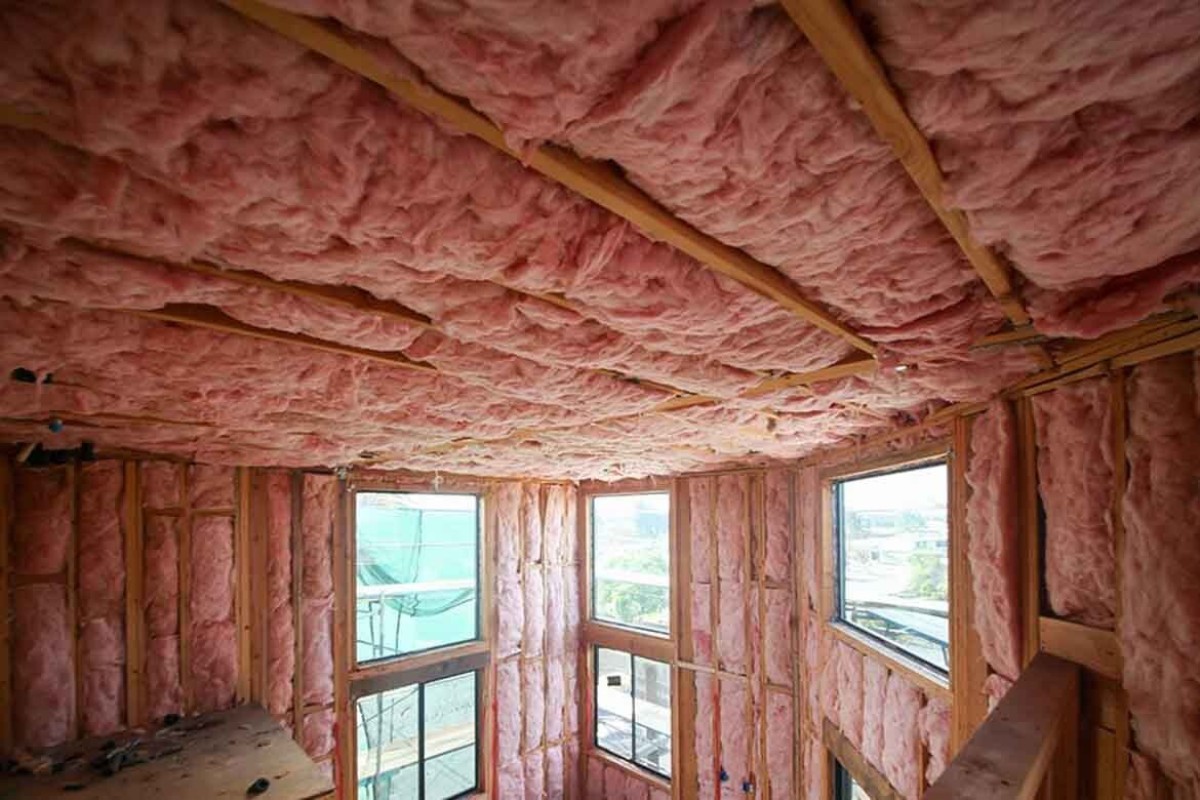



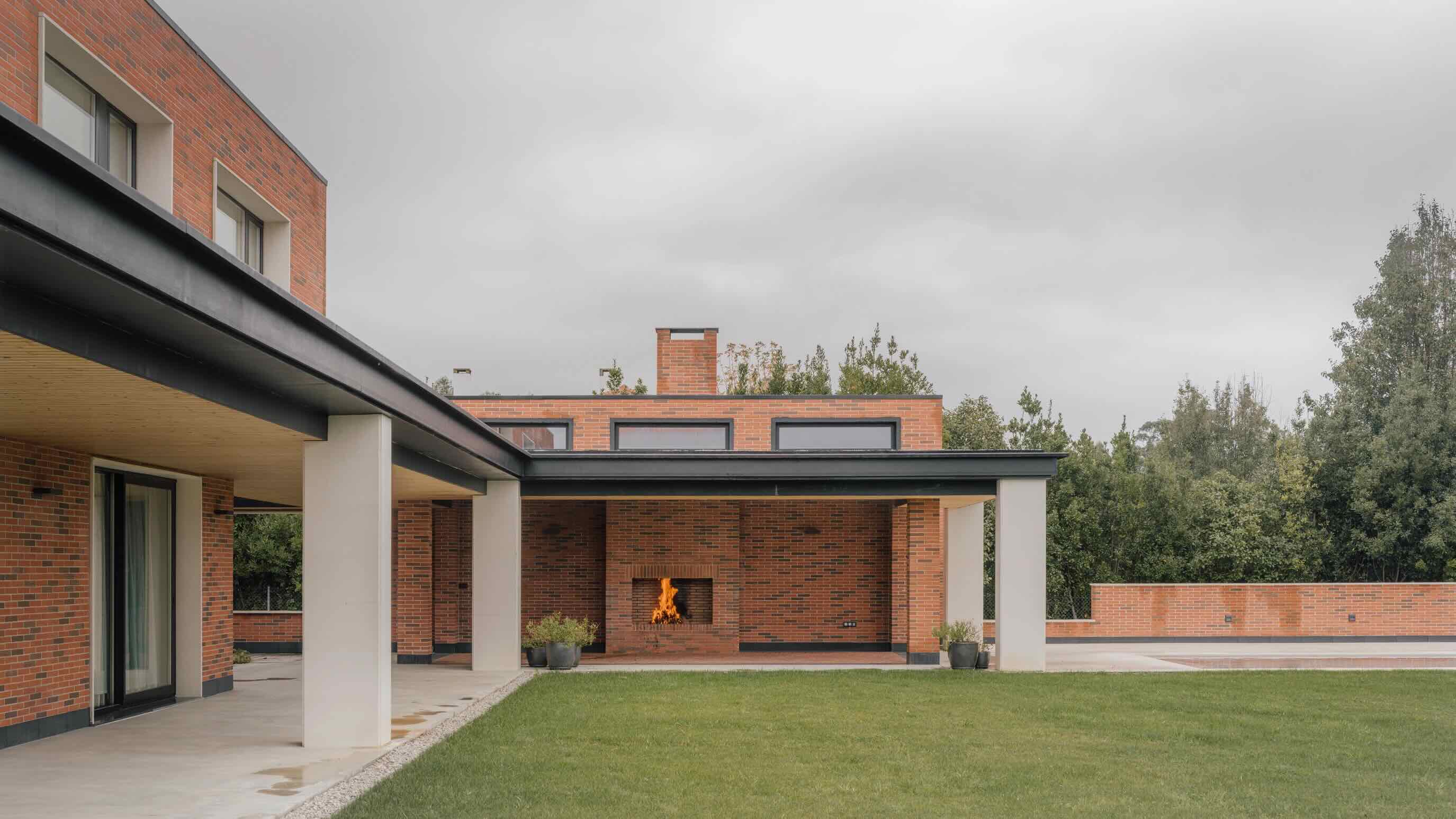
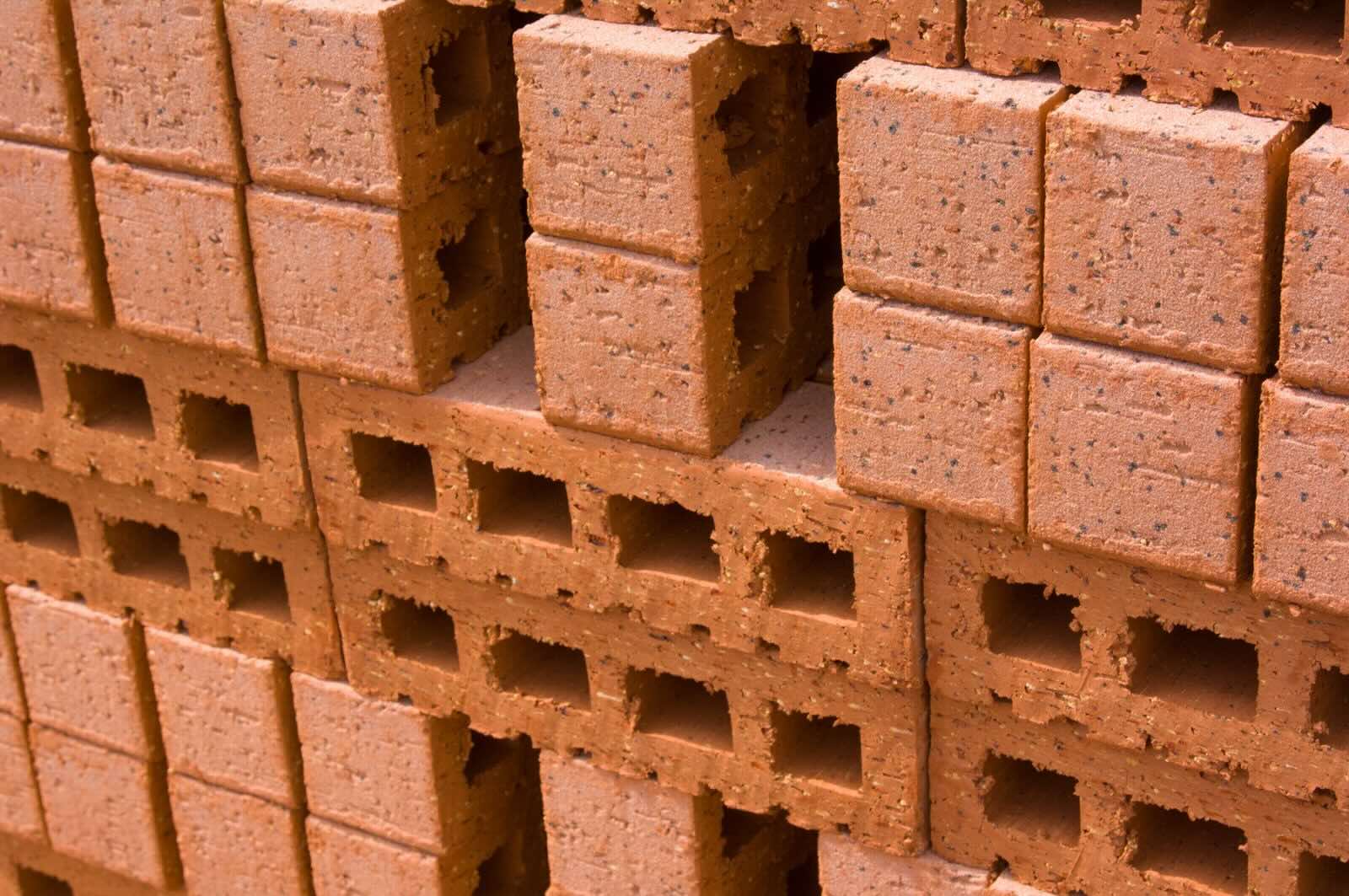



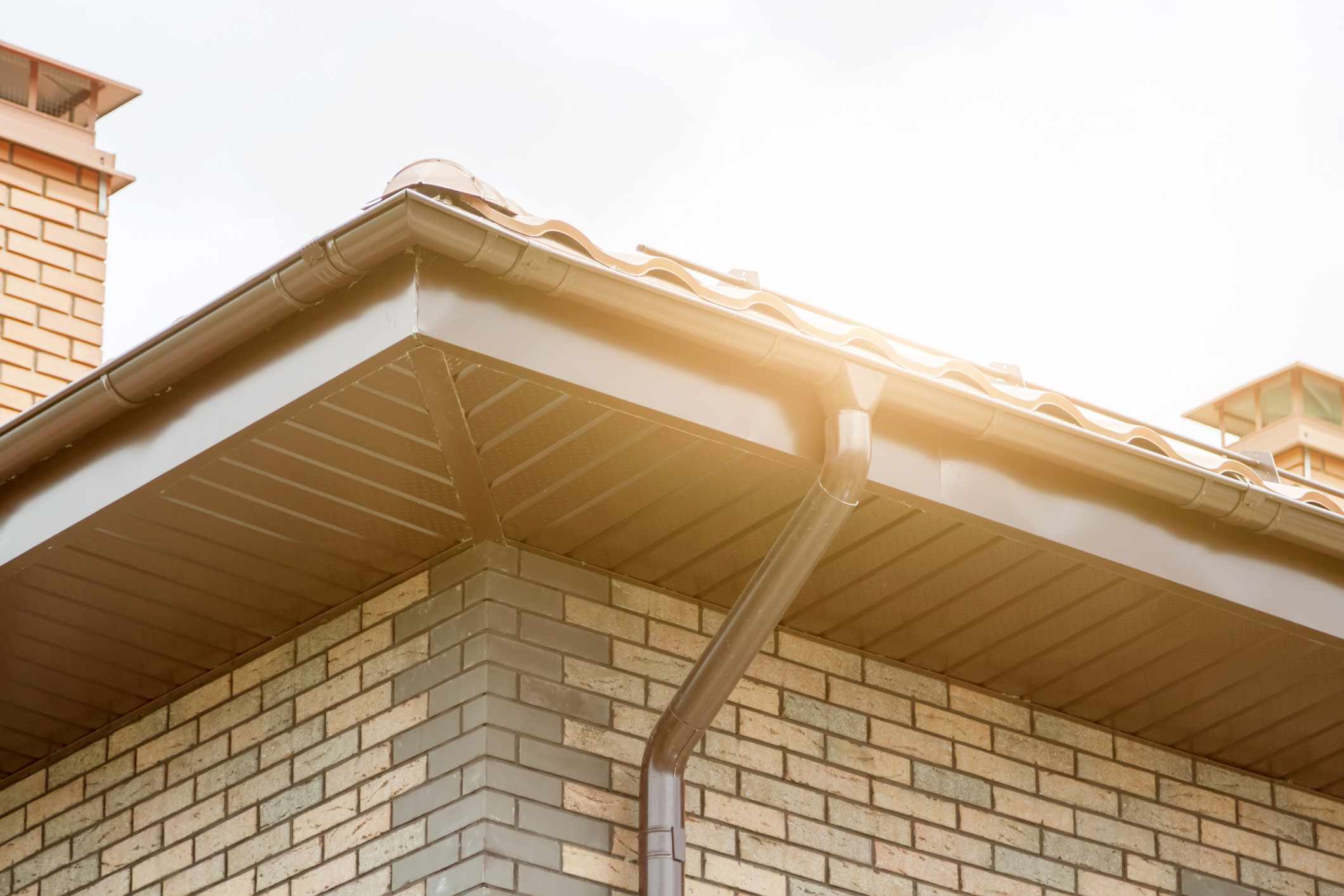




0 thoughts on “How To Insulate A Brick House”